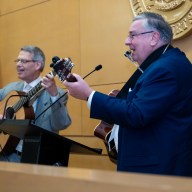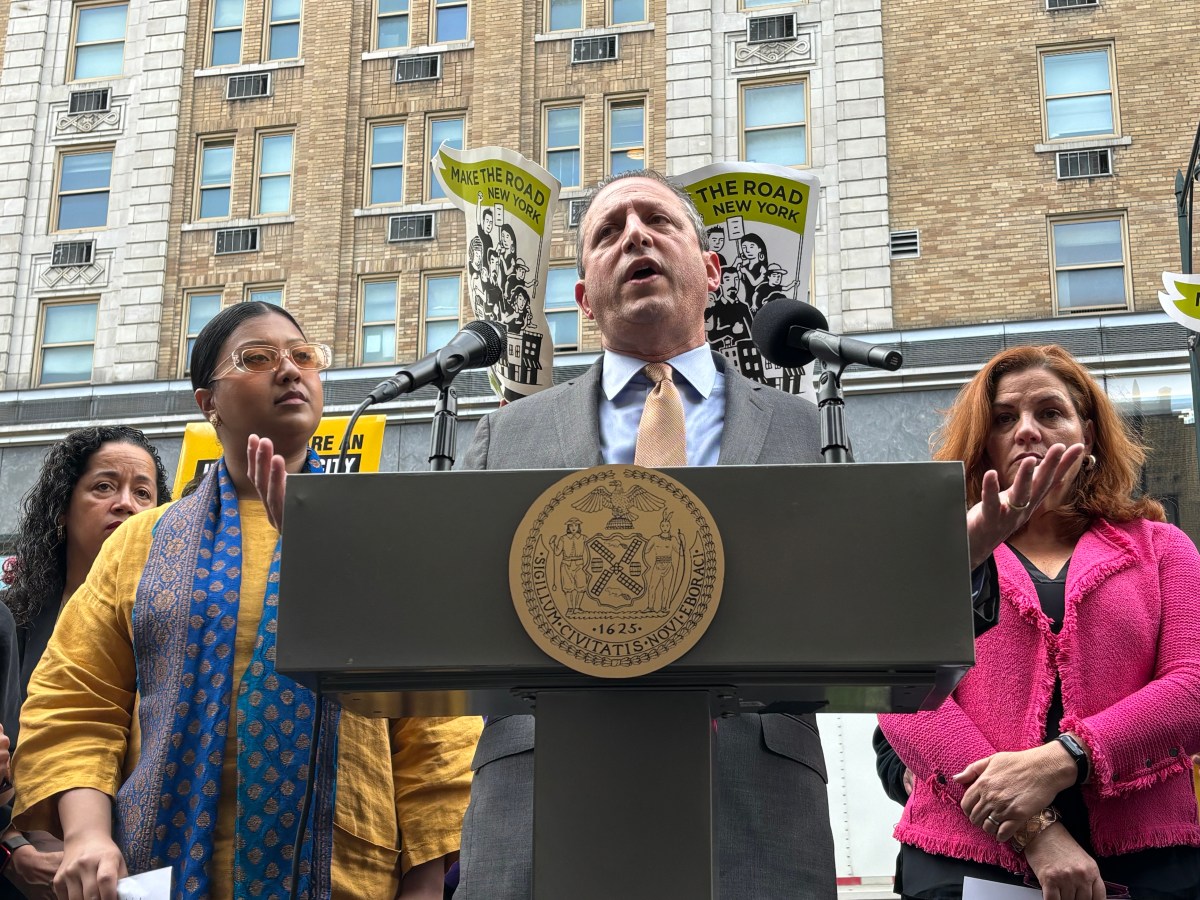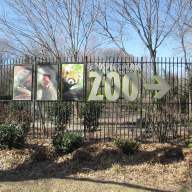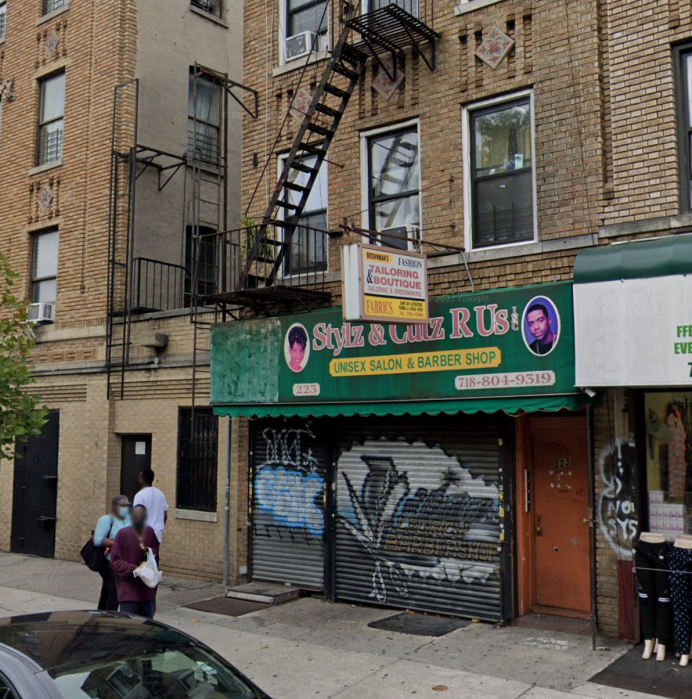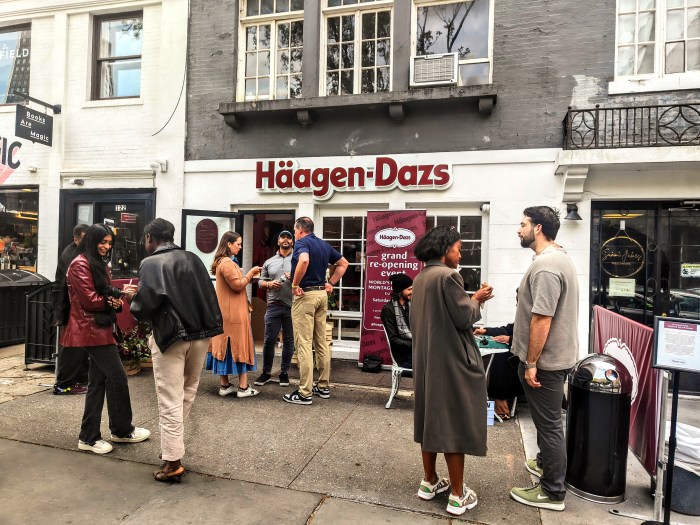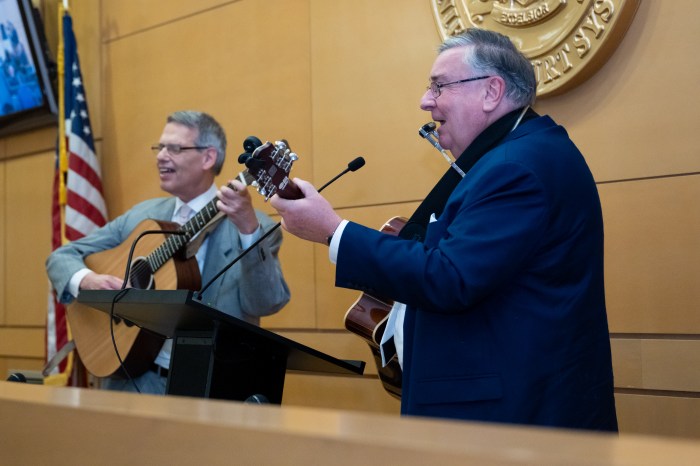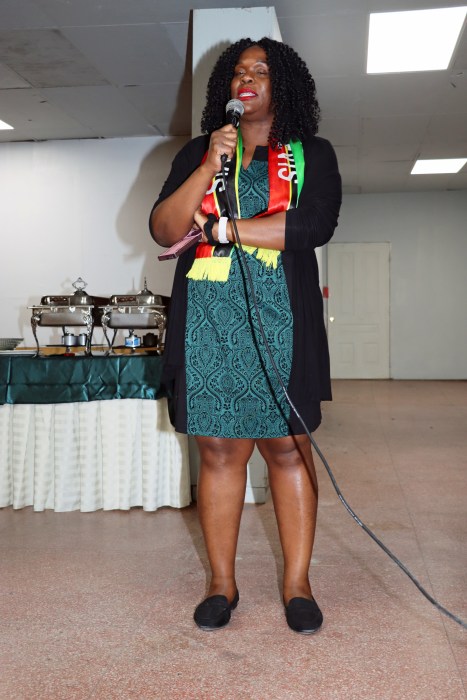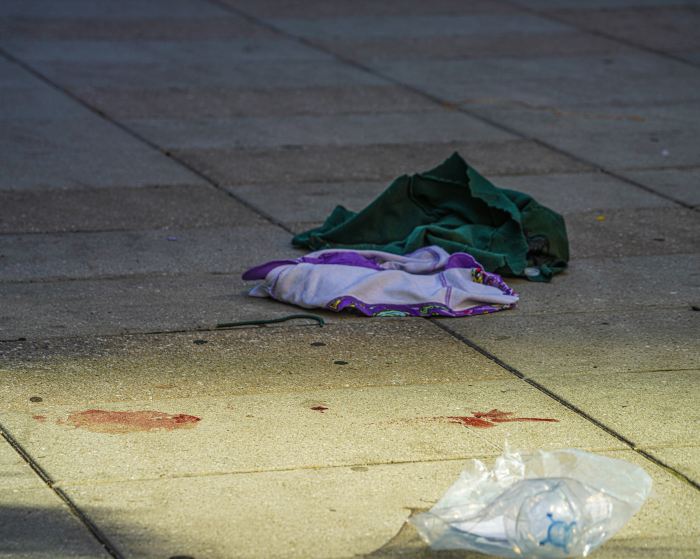Inside a modest brick row-house in Homecrest lies North America’s only museum dedicated to one of the greatest tenors who ever lived, and the only inkling that it exists is an engraved sign outside the door welcomes visitors to the “Enrico Caruso Museum.”
The Italian singer’s costumes, busts, letters, and even the knife and fork with which he ate, are among the nearly 15,000 items of Carusania lovingly compiled and preserved over 40 years by the home’s owner, retired contractor-turned-curator Aldo Mancusi.
A dapper, stately man who belies his 81 years, and who lays claim to the title of Cavaliere Ufficiale — one of Italy’s highest public service decorations — Mancusi fizzes with energy when he talks about the celebrated tenor who sang at the Sheepshead Bay race track to raise money for allied troops during World War I, gave one of his last performances at the Brooklyn Academy of Music, and to whose life and music the avid collector has devoted an entire floor of his home on East 19th Street between avenues S and T.
Photographs of Caruso are carefully appointed on the walls and vie for attention with his personal mementos which include a cigarette case, a pack of his favorite strong Egyptian smokes, his shoes and even the jewelry he bought the mistress who bore him two children.
A can of “Enrico Caruso Olive Oil” — manufactured in Italy as “The Oil That Sings” — even graces the kitchen.
Elsewhere in the whimsical and nostalgic shrine is an original Victor Talking Machine Company wind-up phonograph made by the company which recorded Caruso’s songs and made him one of the world’s first recording stars. Then, there are some of Caruso’s silent, if remarkable films, which Mancusi screens for visitors from a quaint 20-seat theater, complemented by artifacts from the old Metropolitan Opera house in Manhattan.
“Caruso was the best, and he had a heart of gold; he even bought gold coins at Tiffany’s and gave them away, and I have one of them,” said Mancusi, holding court in an immaculate terra cotta suit outside Borough Hall on April 7 during a press conference convened by Borough President Markowitz to help the kindly collector find new, larger, digs for his museum, which opened in 1992.
“We need someone to place us because we can’t even afford to buy a shoelace,” said Mancusi. “There is so much interest in this man’s life that it should be projected for another 100 years.”
The antiquarian says he is seeking a big-hearted donor to accommodate his rare collection, preferably in a three- or four-story brownstone in Brooklyn, so that a new generation of fans and historians can marvel at the musical master’s legacy, further promoted by Mancusi’s Enrico Caruso Foundation, and its recent creation of an international contest for aspiring opera singers.
A great part of Caruso’s heritage lives right here in the Borough of Churches where he wowed the crowds with several performances at BAM.
In 1908, he crooned to more than 3,000 fans at the grand re-opening of the world-famous Fort Greene performance space after a fire burned it to the ground. Twelve years later, while performing Donizetti’s “L’Elisir d’Amore” there, he suffered a throat hemorrhage, managing to sing while coughing blood into several handkerchiefs before quitting the stage.
It was also at BAM in the winter of 1910 that cops provided Caruso with a police escort worthy of a president to protect him from the wrath of a transplanted Sicilian gang who was, allegedly, looking to toss acid upon the feisty star as part of an extortion scheme gone awry.
Caruso refused to bow down to the Black Hand gang, baiting them by boasting in public about the sword cane and revolver he carried that would “split them” and “shoot them full of bullets.”
A short time later, cops arrested two men in connection with the plot, prompting a March 5, 1910 story in a New York daily, which reported (with delicious local details): “Two Black Hand suspects, Antonio Cincotti of 117 Columbia Street and Antonio Misiani of 155 Columbia Street, Brooklyn, who, the police say, sent to Signor Enrico Caruso on Wednesday and Thursday two blackmailing letters demanding that $15,000 be placed in a remote spot in Brooklyn, were arrested by Central Office men after a chase and struggle at Degraw and Van Brunt Streets, Brooklyn, at 11:45 o’clock last night.”
Enrico Caruso Museum [1942 East 19th St. between avenues S and T in Homecrest, (718) 368-3993].












